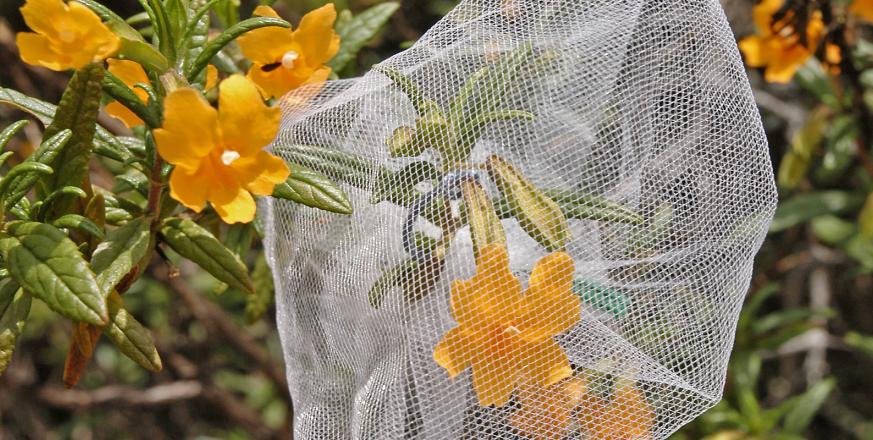Learning conservation lessons from microbes

It has long been thought that as organisms dispersed, the difference between local communities decreased. Not so, according to work at Jasper Ridge in a recent publication by former Stanford postdoctoral researcher Rachel Vannette, now an assistant professor at UC Davis, and Stanford professor Tad Fukami. Their work used the nectar in the bright orange flowers of sticky monkey flower, Mimulus aurantiacus, a native shrub common throughout the preserve, as living laboratories to understand how communities of bacteria and yeast respond to different levels of dispersal. As pollinators such as bumble bees, carpenter bees, thrips, and Anna’s hummingbirds visit flowers, they disperse microbes from plant to plant. By controlling which flowers were visited by which pollinators (with netting sized to different pollinators), and recording microbial abundance, species composition, and microbial effects on nectar chemistry, Vannette and Fukami discovered that increased dispersal actually increases the difference between communities and thereby also increases biodiversity. The implication for conservation is that effective dispersal corridors actually help maintain diversity of communities, rather than hindering that goal.



